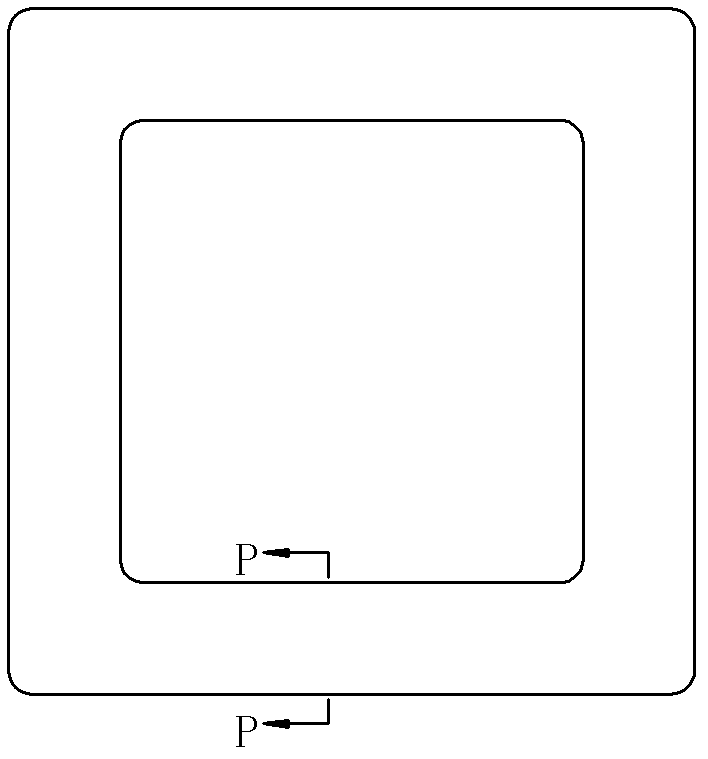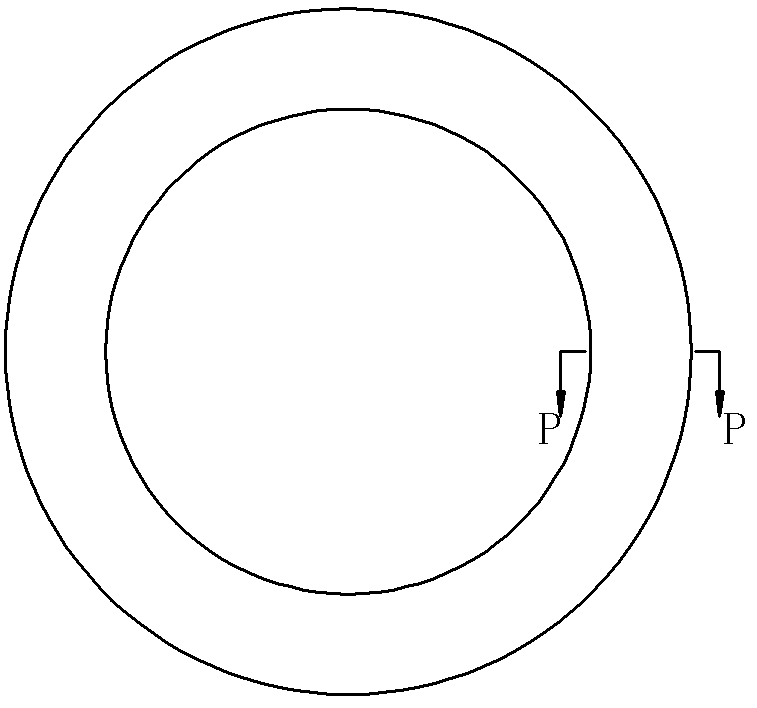Detection device based on transient electromagnetic method (TEM)
A transient electromagnetic method and detection device technology, applied in the field of electromagnetic detection, can solve the problems of reduced detection accuracy, inability to distinguish useful signals and interference signals, etc., and achieve the effects of improving convergence performance, increasing survey depth, and accurate average thickness of pipelines
- Summary
- Abstract
- Description
- Claims
- Application Information
AI Technical Summary
Problems solved by technology
Method used
Image
Examples
Embodiment 1
[0044] The detection device based on the transient electromagnetic method in this example includes a transmitting antenna for generating a transient electromagnetic field and a receiving antenna for receiving a secondary electromagnetic field excited by the transient electromagnetic field. In this example, the transmitting antenna consists of an array of two coils with a side length of 60cm, such as Figure 4 with Figure 5 shown. The two coils are respectively located in two parallel planes, the distance between the two parallel planes is L, the projection of the first coil 1 on the plane where the second coil 2 is located partially overlaps, and the length of the overlapping part is d. In the transmitting antenna array of this structure, the overlapping area A of the two coils is the area where the synthesized electromagnetic field converges. Figure 14 b gives L=3cm, d=6cm, the drive current is 1A, and the current direction is as Figure 4 The shown coil array is a simul...
Embodiment 2
[0046] Image 6 with Figure 7 The structure of the transmitting antenna array in this example is shown. This is actually the case of d=0 in Embodiment 1. This is the case where two sub-coils are connected, and the transmitting antenna array can control the convergence area of the synthesized electromagnetic field by adjusting the current and the distance L of the two sub-coils.
Embodiment 3
[0048] In this example, the transmitting antenna array is configured with a third coil 3 at the overlapping portion of the two coils, see Figure 8 with Figure 9 . The plane where the sub-coil 3 is located is parallel to the plane where the two coils are located. Figure 14 c shows the electromagnetic field distribution simulation diagram at a distance of 100 cm from the plane where the second coil 2 is located. The simulation conditions are: Coil 1 and Coil 2 are both squares with a side length of 60cm, according to Figure 8 Input drive current 1A in the direction shown; the third coil 3 is a rectangular coil of 60×42cm, press Figure 8 Input drive current 1A in the indicated direction; L=a=3cm, d=6cm. Compare Figure 14 b and Figure 14 c It can be seen that the configuration of the third coil 3 makes the electromagnetic field distribution from ellipse to circular, and by adjusting various parameters in the coil array in this example, such as a, L, d, I1, I2, I3, etc...
PUM
 Login to View More
Login to View More Abstract
Description
Claims
Application Information
 Login to View More
Login to View More - R&D
- Intellectual Property
- Life Sciences
- Materials
- Tech Scout
- Unparalleled Data Quality
- Higher Quality Content
- 60% Fewer Hallucinations
Browse by: Latest US Patents, China's latest patents, Technical Efficacy Thesaurus, Application Domain, Technology Topic, Popular Technical Reports.
© 2025 PatSnap. All rights reserved.Legal|Privacy policy|Modern Slavery Act Transparency Statement|Sitemap|About US| Contact US: help@patsnap.com



